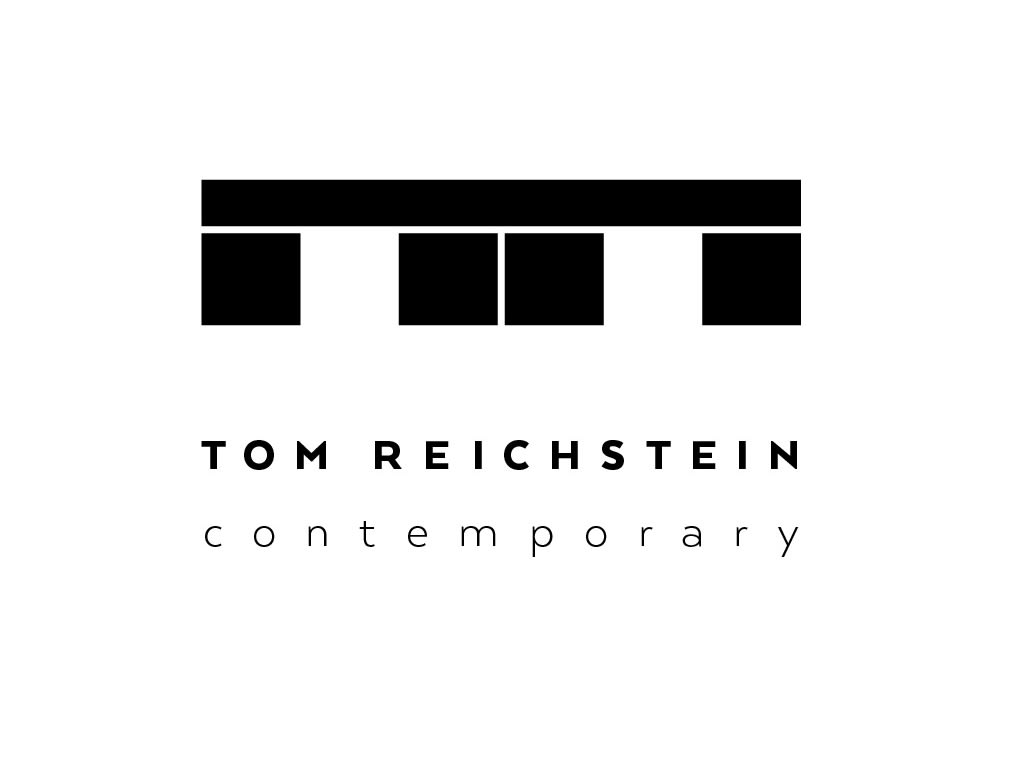ENTANGLED, CRUMBLED
It is a trace of natural decay, negligent destruction, and controlled violence. With Carl Maria Kemper, Fabian Knecht, and Jeewi Lee, "Entangled, Crumbled" brings together three artistic positions that address the crises and fears of the present. At the end of the carefully researched and transferred connections into their own artistic practice, they identify humans as the main responsible party. At the threshold of the geological epoch of the Anthropocene, humans are largely responsible for climate change, the overuse of natural resources, and the loss of biodiversity. The form and material language that emerges in the exhibited works is closely related to their thematic interests. The transfer of material evidence of time and memory into the exhibition space is based on the artists' shared interest in site-specific approaches. Repeated references to nature and humans emerge. Cracks and craters, camouflage and discolored PVC film, sand grains and color particles merge into each other and become a societal metaphor for their own inscription and entanglement in the ruptures of our time.
Jeewi Lee's (*1987, Seoul) "Field of Fragments" (2023) consists of monochromatic color fields made of sand, which is a material-based approach. Although a symbol of time and transience, sand has the false reputation of being an infinite resource. The artist illustrates that this is not the case, and that potentially billions of years old grains undergo numerous transformation processes before becoming tiny sculptures of deposited rock. Lee's attention is not on representational imagery, but rather on the deep inscription of the material in everyday life and history, drawing inspiration from color field painting in the mid-1950s. In addition to the sand grains, which she collected herself on the Atlantic coast of Alentejo, the soap sculpture "Silencescape_01" (2022) shows the artist's interest in small particles and residues of our environment as a substantial expression of temporality, traces, and evidence. Natural oils and coal are mixed with ash from the devastating wildfires in Australia in 2019/20, an element that paradoxically contains both destructive and cleansing powers.
Equally charged and specific to the political present are Fabian Knecht's (*1980, Magdeburg) large-scale camouflage nets, which introduce a complex structure of natural, aesthetic, and military categories. The frayed fabric remnants in "Laughing is Suspicious" (2022) are actual fragments of the Russian attack on Ukraine, which the artist transfers to the context of art. No longer providing protection, but rather declared as art, Knecht continues the principle of adaptation underlying the hand-knotted nets. In his critique of existing power structures and social norms, art and the system surrounding it do not appear neutral. Rather, his strong and provocative images challenge visitors to question their own position in world events.
Carl Maria Kemper (*1983, Ahaus) also takes a position on this issue. A central element of his formally and thematically broad artistic practice is the indictment of reckless and selfish conquest efforts that not only threaten one's own existence, but also that of fellow human beings and the environment. Whether it be the iron deposits caused by ground drainage in coal mining areas in "The Evening of Reluge" (2023) or the literally crumbling concrete cubes in "Körperverletzung" (2023), Kemper repeatedly confronts the consequences of human-induced destruction. Not least, the multimedia installation "SOL (Something Once Lost)" (2023) leaves no doubt about his stance. It is based on a plane crash that occurred in 1966 on Mont Blanc, the highest mountain in Europe, and in the exhibition it becomes a symbol of an overconfident society that ignores danger and warning.
Text: Sjusanna Eremjan




